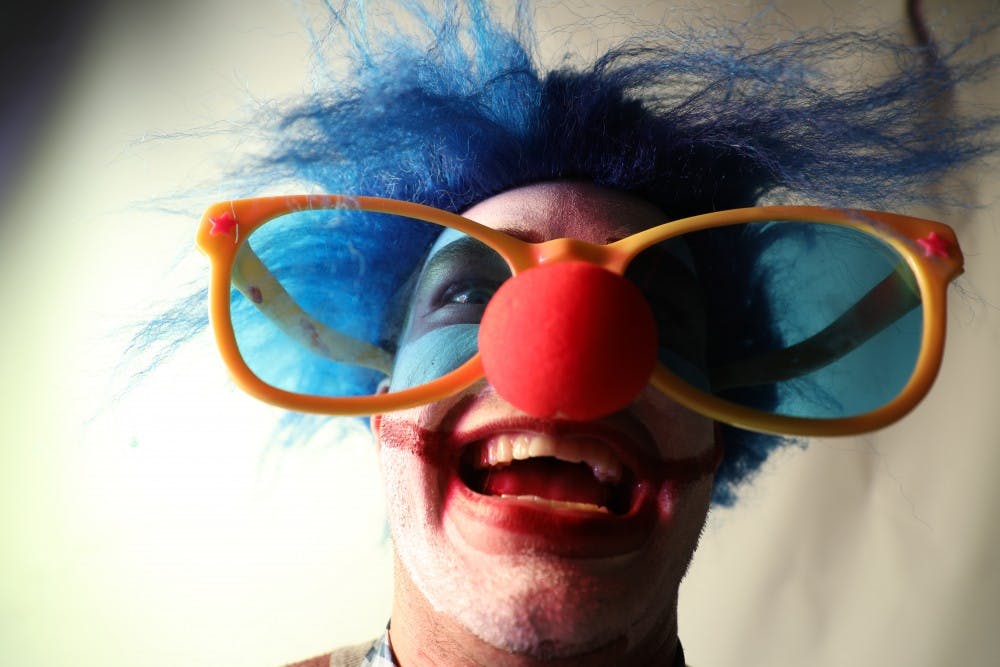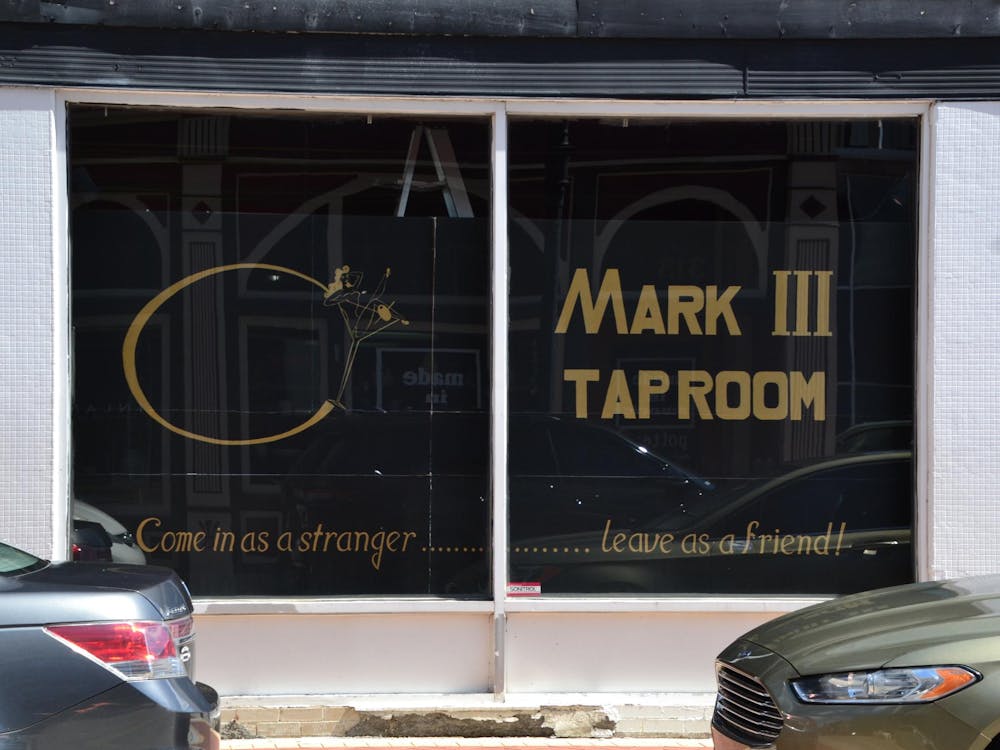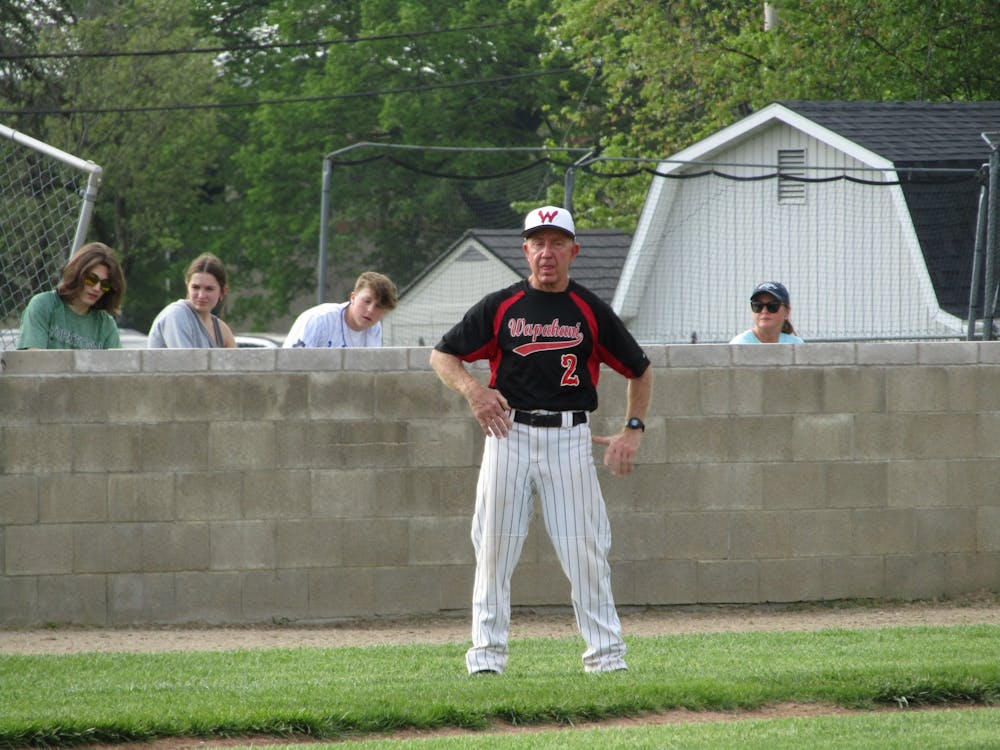From the chalky, white face paint to the wild, red hair, Mariah Rumfelt said her hate for clowns runs deep.
“I am absolutely terrified of them,” said the sophomore criminal justice major. “The face of them, the makeup, how the eyes are, the hair, the nose — that’s what gets me.”
With Halloween approaching, she said she knows she will see clowns in movies or in corn mazes with a growing frequency — and she hates it. Growing up, her mom would take her to Halloween events where she grew to be scared of everything clowns.
However, the image of clowns was not originally supposed to be scary, said Adam Lueke, assistant teaching professor of psychological science. But after many years in popular culture, their image has been “twisted,” he said.
“Clowns are designed to entertain children,” Lueke said. “If you make them evil or angry, then their whole purpose becomes to destroy children.”
Clowns have become an “evil” lure to children. Because of this, he said the image of clowns has been manipulated to the point that many people, like Rumfelt, are terrified of clowns.
Some people even develop coulrophobia, the fear of clowns.
Hollywood is always looking for way to captivate audiences, Lueke said. Currently, scary clowns seem to be the trend horror movies are using to make profit. Stephen King’s “It” remake brought in $403 million internationally, according to an article by magazine Variety.
The movie, which centers on a child-eating clown, made the clown scary in order to increase the success of the movie, Lueke said. By taking the innocent features of the clown and twisting them — like adding sharp teeth to It’s smile, the movie captivated audiences, he said.
Because clowns are supposed to be entertaining, people experience a “trap effect” when their purpose is to scare, Lueke said.
“When you’re deceived into being preyed upon it’s a lot scarier often times when you don’t see it coming,” Lueke said. “Now, when people see clowns they don’t quite know what to do. They don’t know whether to be scared or whether to be, I guess, attracted to things like clowns.”
This type of fear contributed to the rumored clown sightings in Muncie two years ago. While the reports were unfounded, some students listened to police scanners or even drove around Muncie to confirm or deny rumors.
But Muncie wasn’t the only place they were seen. In 2016, there were sightings of people dressed as clowns from coast to coast, according to an article by People Magazine.
“People can use [clowns] for their own devices to scare others,” Lueke said. “I can’t necessarily fully fledged trust clowns anymore.”
Contact Liz Rieth with comments at ejrieth@bsu.edu or on Twitter @liz_rieth.





